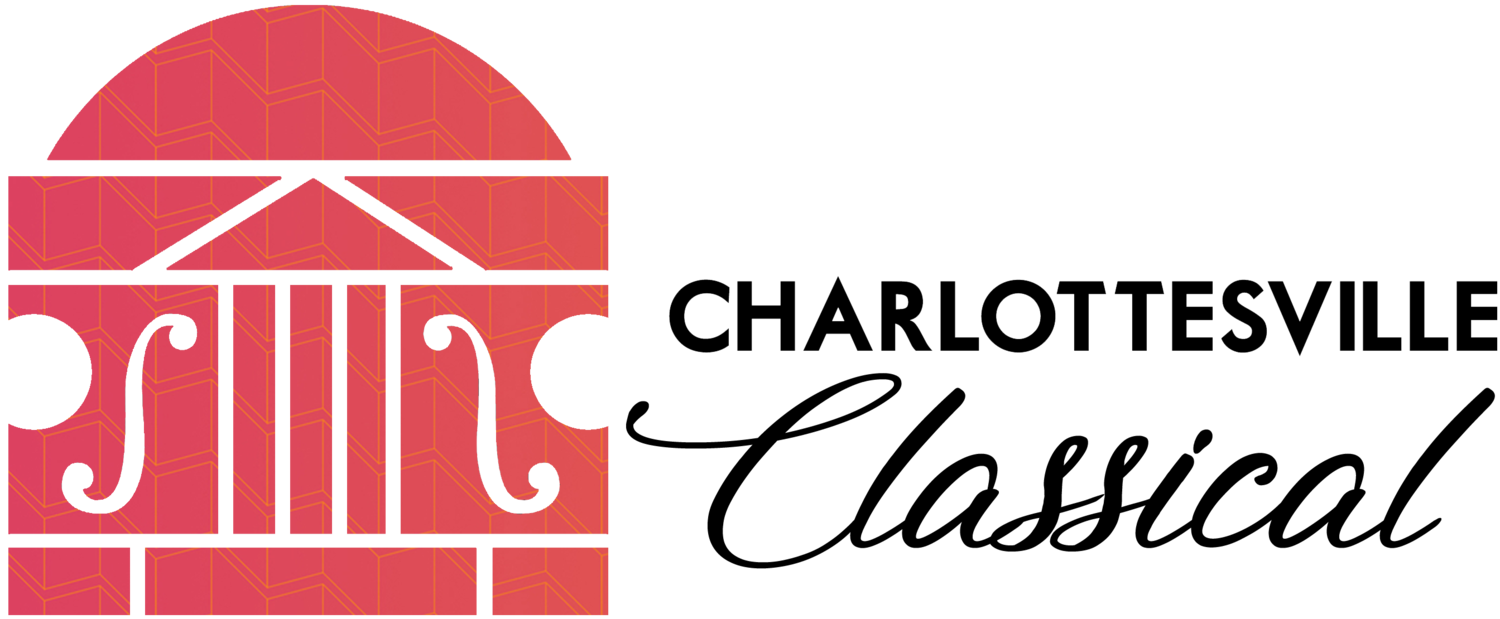De Hartmann Rediscovered Revives Two Masterworks
I admit I was a little judgemental when I received this album for review. The title "Thomas de Hartmann, Rediscovered" put me off. Rediscovered? Where had these guys been? I'd already reviewed two de Hartmann releases from Toccata Classics.
I should have remembered the adage about books and their covers.
The Thomas de Hartmann Project coordinated this release. It was the same organization behind the Toccata Classics releases. And were responsible for three albums from the Nimbus Alliance (which I wasn't aware of). So if the album title attracts more listeners to de Hartmann's music, then all the better.
Thomas de Hartmann was a Ukranian composer who enjoyed an international career. He studied with Anton Arensky, Sergei Taneyev, and Nikolai Rimsky-Korsakov. Russian Romanticism provided a foundation for his music in the beginning.
But de Hartmann soon grew beyond it, though. He incorporated Ukrainian folk traditions, mixed with Impressionism, Modernism, and jazz.
The Cello Concerto was composed in 1935. De Hartmann cites Klezmer music as one of his inspirations. There are no direct quotes. But his melodic contours and harmonic movement pay homage to the style. Matt Haimovitz performs this work with loving care.
De Hartmann said later he wrote the concerto for his Jewish friends suffering Nazi persecution. That was quite an unusual -- and dangerous -- stance to take in 1935 Germany. Haimovitz's playing evokes a feeling of longing and quiet, desperate hope.
The Violin concerto was composed in 1943. The oppression de Hartmann witnessed in 1935 was now experienced first-hand. He dedicated the work surreptitiously to Jewish violinist Albert Bloch. Bloch was in hiding at the time, evading capture in Vichy France.
De Hartmann described it as "the Klezmer concerto." And so it is -- if you listen carefully. Superficially it appears to be a modern, modelly-constructed work. The melodies have a folk-like quality to them. If you know the context, the references become clear.
Joshua Bell delivers a thrilling performance. His technique leans into the concerto's Klezmer origins. The music no longer has to hide its roots. Bell plays with energy and enthusiasm.
These are major works created during a time of war and repression. And the violin concerto was recorded in a similar circumstance. The INSO-Lviv Symphony Orchestra had to journey to Warsaw for the sessions. Lviv was under siege by Russian invaders.
Russia's invasion of Ukraine has had one unintended consequence. It's prompted an international interest in Ukrainian music. Which has given the Thomas de Hartmann Project major support. Support to produce albums like this.
These two works by Thomas de Hartmann await your discovery. And they are masterworks, indeed.
Thomas de Hartmann Rediscovered
Joshua Bell, violin; Lviv National Philharmonic Symphony Orchestra; Dalia Stasevska, conductor
Matt Haimovitz, cello; MDR-Rundfunkorchester; Dennis Russell Davies, conductor
Pentatone PTC5187076
